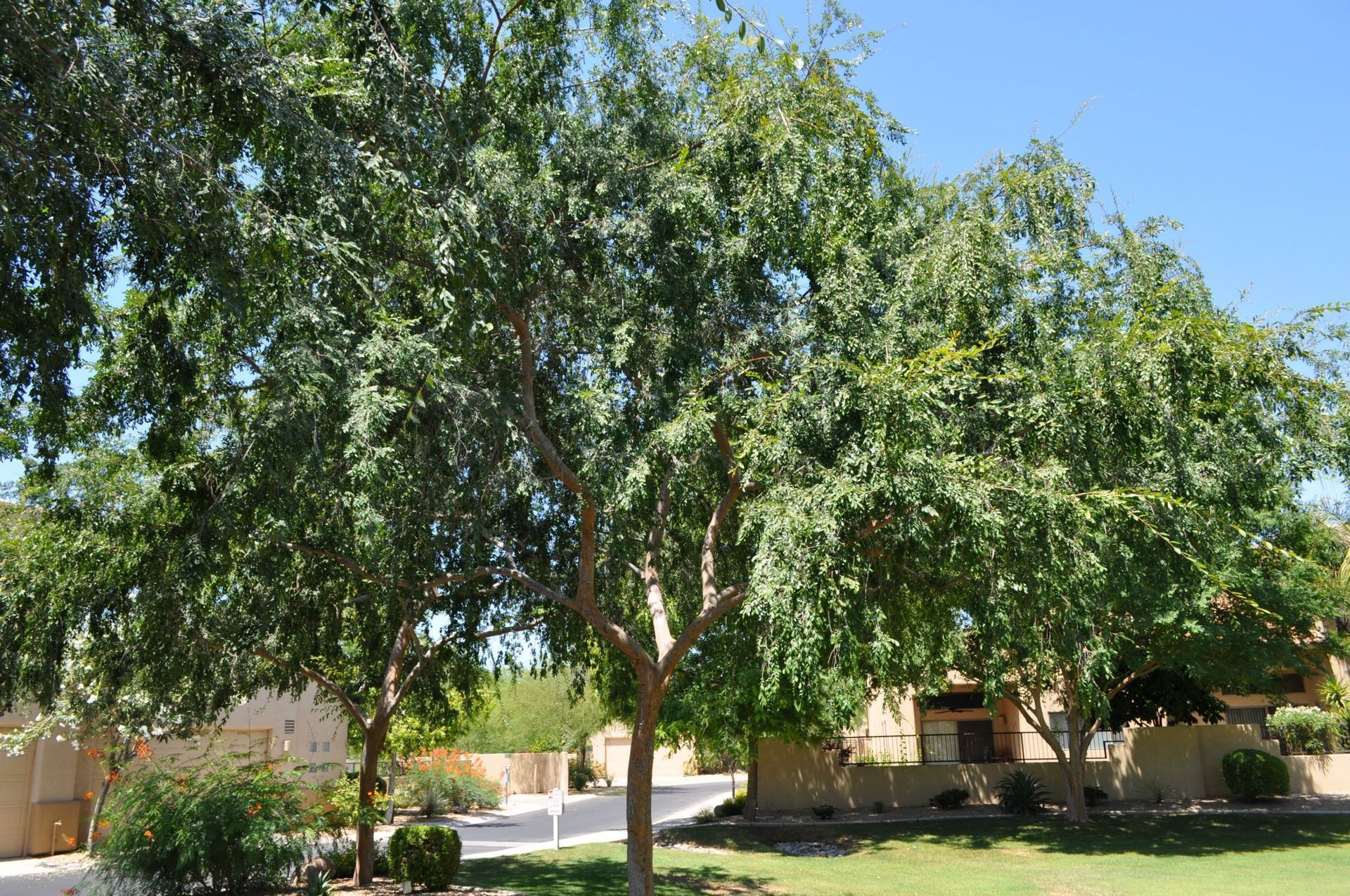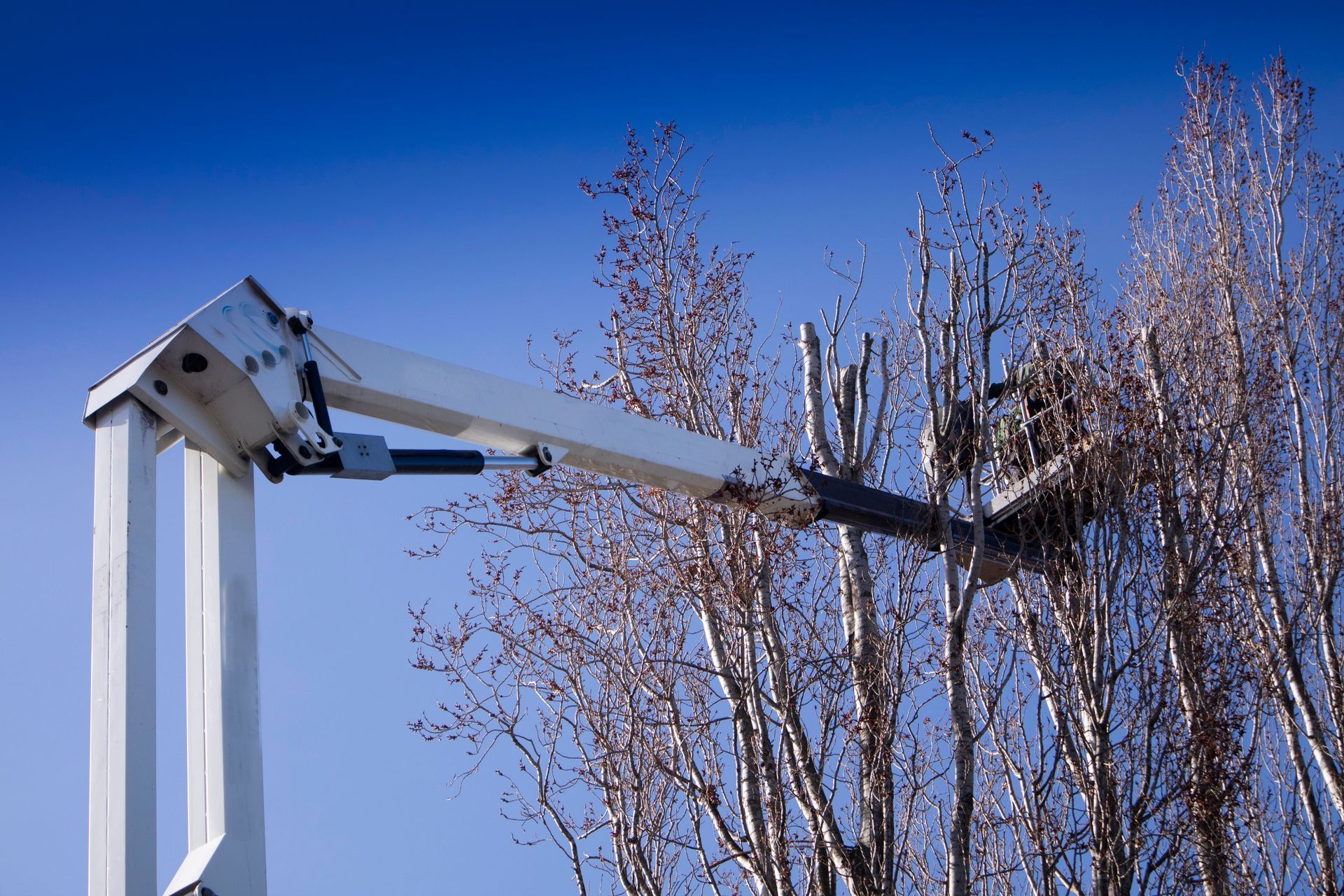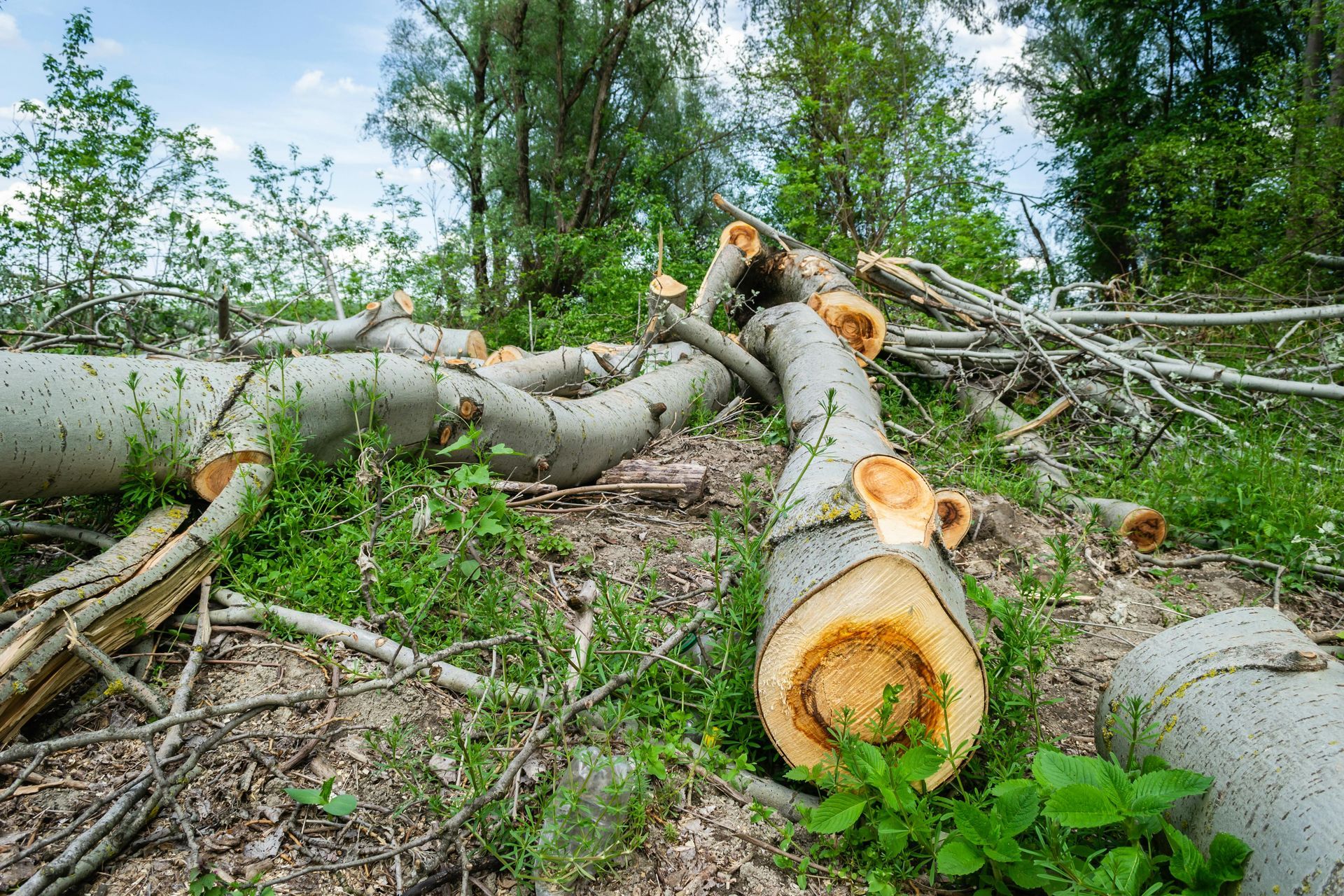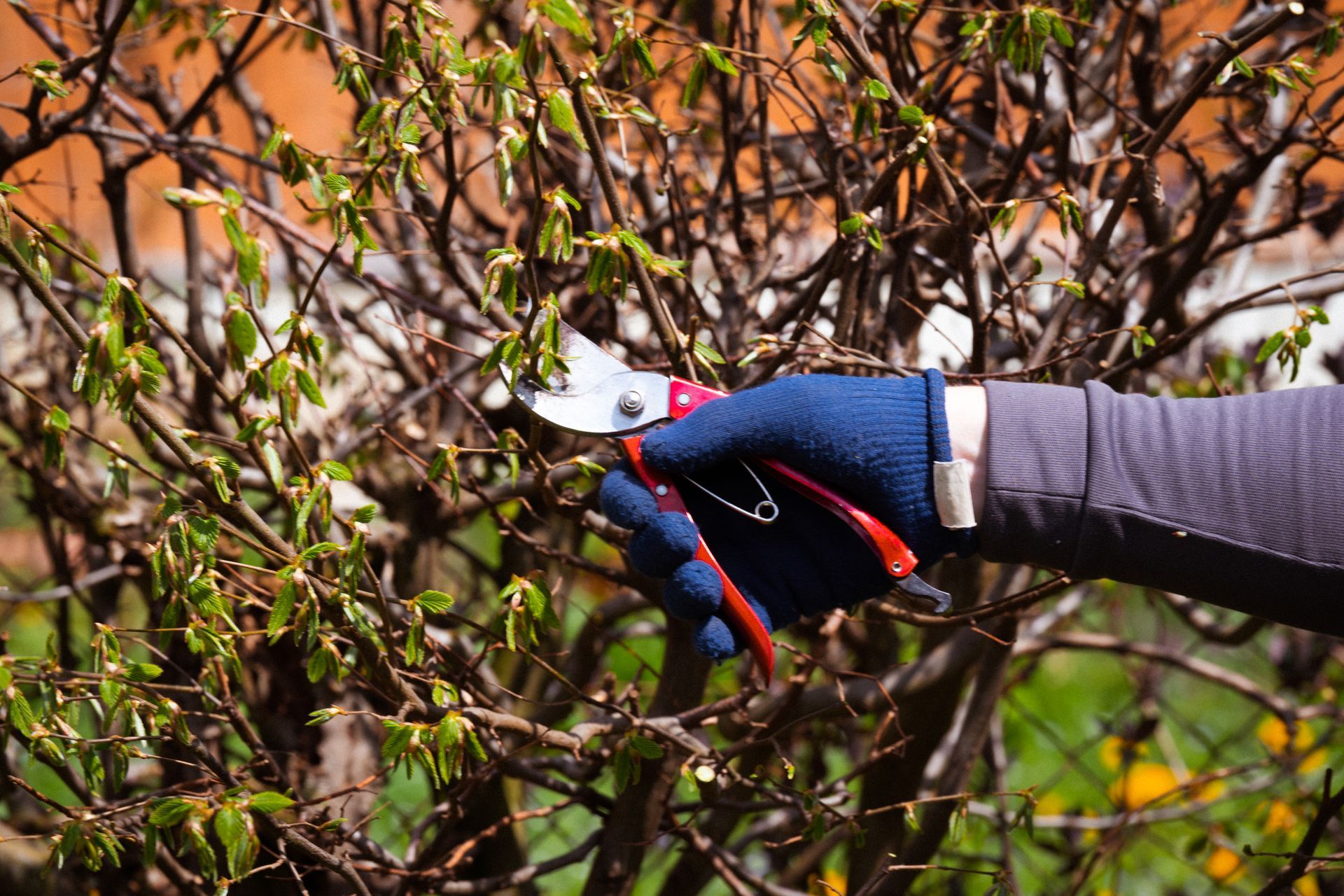Trees By Mike Arizona
How to Identify and Manage Tree Pests in Glendale, AZ
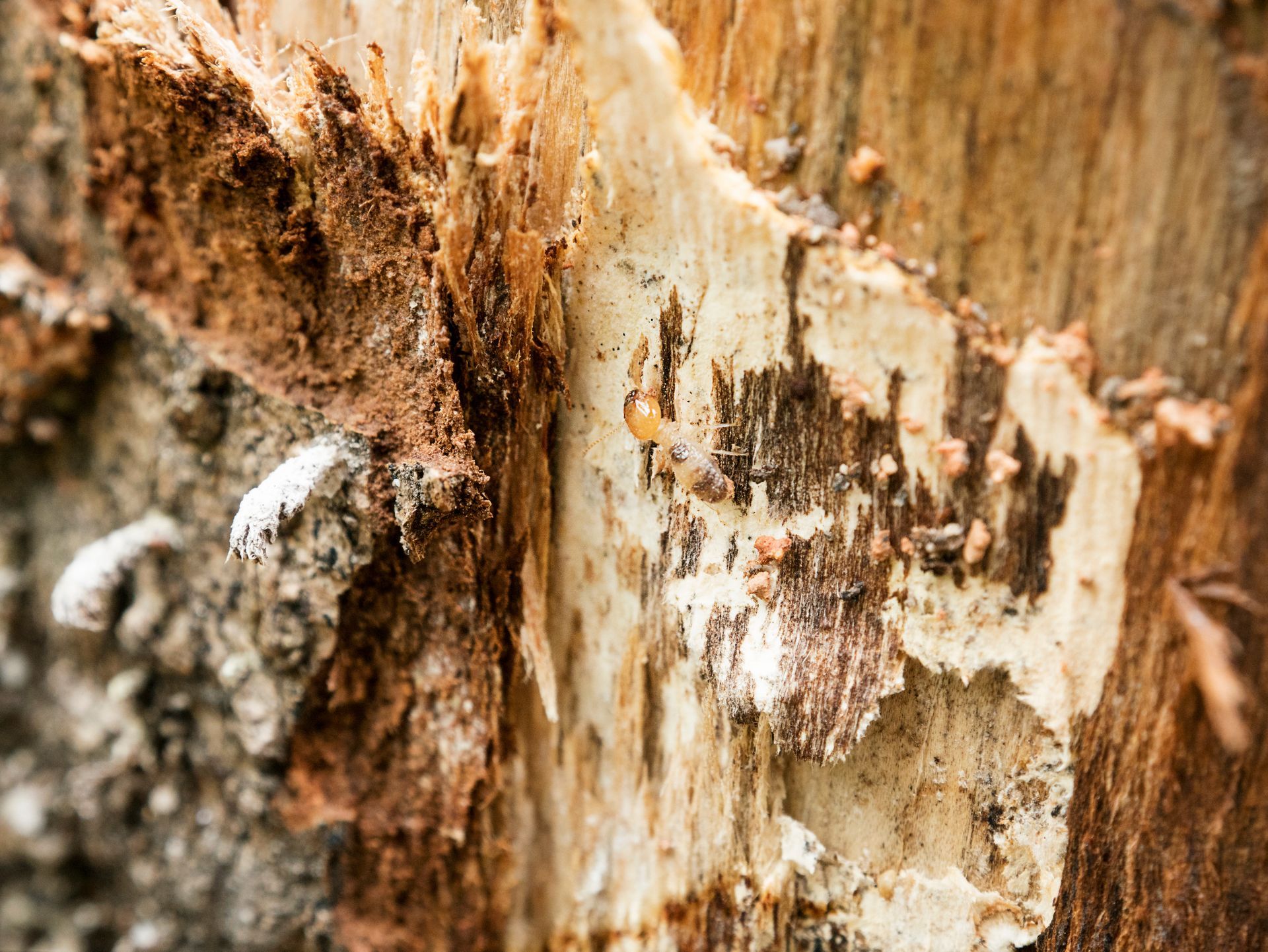
Slide title
Write your caption hereButton
Glendale, Arizona, with its distinct desert climate, can be both a sanctuary and a challenge for trees. Due to the heat and unique conditions, trees here are more susceptible to certain pests than in other regions. These pests can lead to weakened, unhealthy trees if not managed properly. At Trees By Mike Arizona, we understand the importance of keeping your trees pest-free, and we’re here to help you identify, prevent, and manage tree pests effectively.
If you're a tree owner or gardener in Glendale, read on to learn more about identifying and managing the most common pests that could be threatening your trees.
Common Tree Pests in Glendale and How to Identify Them
Glendale has its share of tree pests that thrive in the warm, arid climate. Here’s a look at the most prevalent ones:
- Aphids: These small, soft-bodied insects can be green, black, brown, or pink. Aphids cluster on leaves, branches, and even tree trunks, feeding on sap and leaving behind sticky honeydew. This residue often attracts mold and other pests, further damaging your tree.
- Bark Beetles: Commonly found in drought-stressed trees, bark beetles burrow into the bark, leaving small holes and causing internal damage that’s hard to spot initially. You might first notice yellowing foliage or sawdust-like material around the tree’s base.
- Spider Mites: Though tiny, spider mites can cause significant damage. They thrive in dry, dusty conditions, which makes Glendale perfect for them. Look for fine webs on branches or yellowish leaves with a speckled appearance, a telltale sign of spider mites.
- Whiteflies: These small, winged insects cluster beneath leaves, sucking out sap and causing leaf yellowing or wilting. Whiteflies are particularly common in ornamental trees and can spread rapidly if not managed quickly.
- Scale Insects: Appearing as small, round, or oval bumps on tree branches and leaves, scale insects feed on tree sap, resulting in weakened branches and overall reduced tree health.
Signs Your Tree Might Be Infested
Trees can’t vocalize distress, but they give clear signals when pests have taken up residence. Here are signs to watch for:
- Unusual Leaf Yellowing: If a tree that usually has green foliage starts to turn yellow, it might indicate an infestation. This is common with pests that feed on sap, depriving leaves of nutrients.
- Wilting and Leaf Drop: Premature wilting or falling leaves can signal the presence of pests, especially if the tree is well-watered and should otherwise be healthy.
- Visible Damage to the Bark or Trunk: Holes, sawdust-like deposits, or peeling bark can indicate bark beetles or other borers. Damage to these areas often means the tree is struggling internally.
- Sticky Residue or Black Sooty Mold: Aphids and whiteflies leave a sticky substance called honeydew on leaves and branches. This residue attracts sooty mold, giving leaves a blackened appearance.
- Webbing or Fine Silk on Branches: Spider mites and web-spinning insects often leave webs or fine silk on leaves and branches. These webs are not as substantial as spider webs but are usually visible.
Natural Methods for Managing Tree Pests
At Trees By Mike Arizona, we know many of our clients prefer eco-friendly methods of managing pests. Here are some safe options for you to consider:
- Water Pressure: For pests like aphids, a strong stream of water can be enough to knock them off. Be careful with young trees or delicate branches, though.
- Pruning: Prune-infested branches to prevent pests from spreading to other parts of the tree. Make sure to properly dispose of pruned branches to avoid re-infestation.
- Beneficial Insects: Ladybugs, lacewings, and certain wasps are natural predators of aphids and other pests. These beneficial insects are available for purchase online or at garden centers.
- Neem Oil or Horticultural Soap: Both are safe, natural solutions to treat pests like aphids, whiteflies, and spider mites. Apply directly to the affected areas and repeat as necessary.
- Companion Planting: Growing plants like marigolds, garlic, or basil near your trees can deter pests naturally, as many insects find these plants unappealing.
Chemical Control: When to Use and How to Choose
Sometimes, natural methods aren’t enough, especially for large infestations. When you need to turn to chemical options, make sure you’re choosing safe, effective treatments:
- Insecticidal Soaps and Oils: These options can be effective against aphids, mites, and scale without posing a high risk to people or pets. Make sure to apply them in the early morning or evening to avoid leaf burn in the Arizona sun.
- Systemic Insecticides: For serious infestations of pests like bark beetles, systemic insecticides can be effective. These insecticides are absorbed by the tree and kill pests feeding on sap or other parts.
- Pre-Emergent Treatments: These are best applied before pests are expected, usually in early spring. They help prevent pests from establishing themselves.
- Targeted Sprays: For active infestations, targeted sprays are often necessary. Be mindful of overspray, and wear protective gear when applying.
While chemical treatments can be effective, it’s always best to consult with professionals like Trees By Mike Arizona to ensure safe and effective use.
Preventive Care for Long-Term Pest Control
Preventing pests is always easier than treating an infestation. With Glendale’s unique climate in mind, here’s how you can give your trees the best chance at a pest-free life:
- Regular Watering: Well-hydrated trees are less prone to pest problems. Drip irrigation systems can be beneficial for delivering water directly to roots, where it’s needed most.
- Routine Inspections: Check your trees regularly for early signs of pests. Catching an infestation early makes treatment much easier and more effective.
- Mulching: A layer of mulch can help retain soil moisture, reduce weed competition, and provide essential nutrients to tree roots. It’s a simple way to improve tree health, indirectly deterring pests.
- Seasonal Pruning: Pruning can help improve air circulation around the tree, which reduces the likelihood of pests and diseases.
- Fertilization: Healthy trees have a stronger resistance to pests. Apply a balanced fertilizer suitable for desert trees to keep them in peak condition year-round.
Contact Trees By Mike Arizona for Expert Pest Control Services
Dealing with tree pests in Glendale can be challenging, but you don’t have to go it alone. At
Trees By Mike Arizona, we bring years of experience in identifying, managing, and preventing tree pest problems. Our knowledgeable team understands the unique needs of trees in Arizona’s desert environment, and we’re committed to helping you keep your landscape thriving. For expert
tree care, call us today at
(602) 579-8733. We’re here to help your trees flourish, pest-free. We also offer
tree trimming,
pruning,
fertilizing,
removal, and
more.
FAQs
How often should I inspect my trees for pests?
Regularly inspect your trees every few weeks, especially during the growing season. Early detection is key to managing infestations before they become severe.
Can I use household insecticides on my trees?
Not all household insecticides are safe for trees, and some can harm beneficial insects. Always choose products specifically designed for trees or consult with professionals.
How do I know if my tree needs professional pest treatment?
If you notice yellowing leaves, holes in the bark, or large clusters of pests, it’s best to call in professionals. Severe infestations can lead to irreversible tree damage if not treated correctly.
Are natural pest control methods effective?
Natural methods can be effective, especially when applied early or in conjunction with other treatments. They are also safer for pets, people, and the environment.
Do pests vary between different types of trees?
Yes, different pests target different tree species. A pest common to one type of tree may not affect another, so it’s important to know which pests are likely for your specific trees.

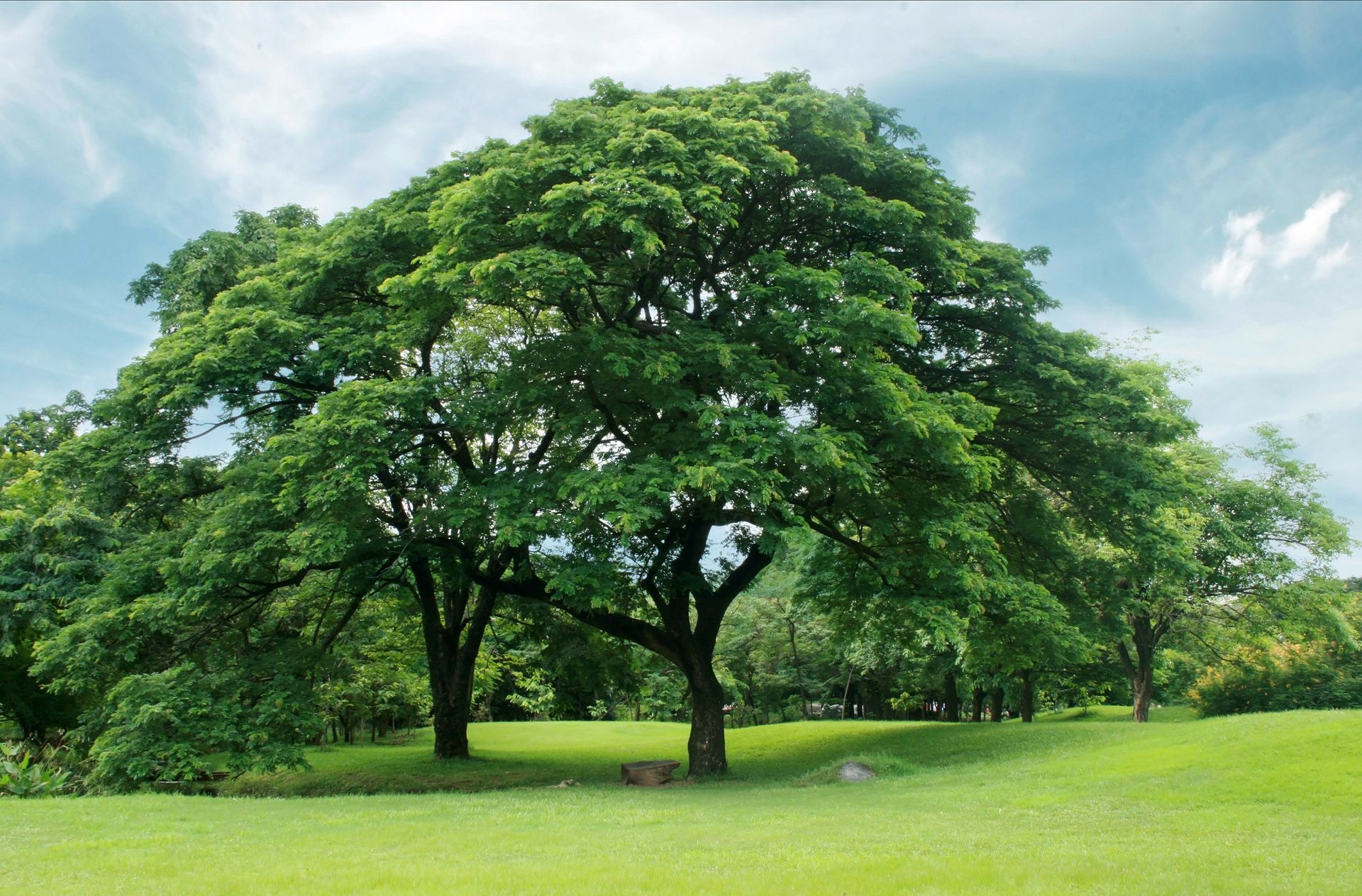

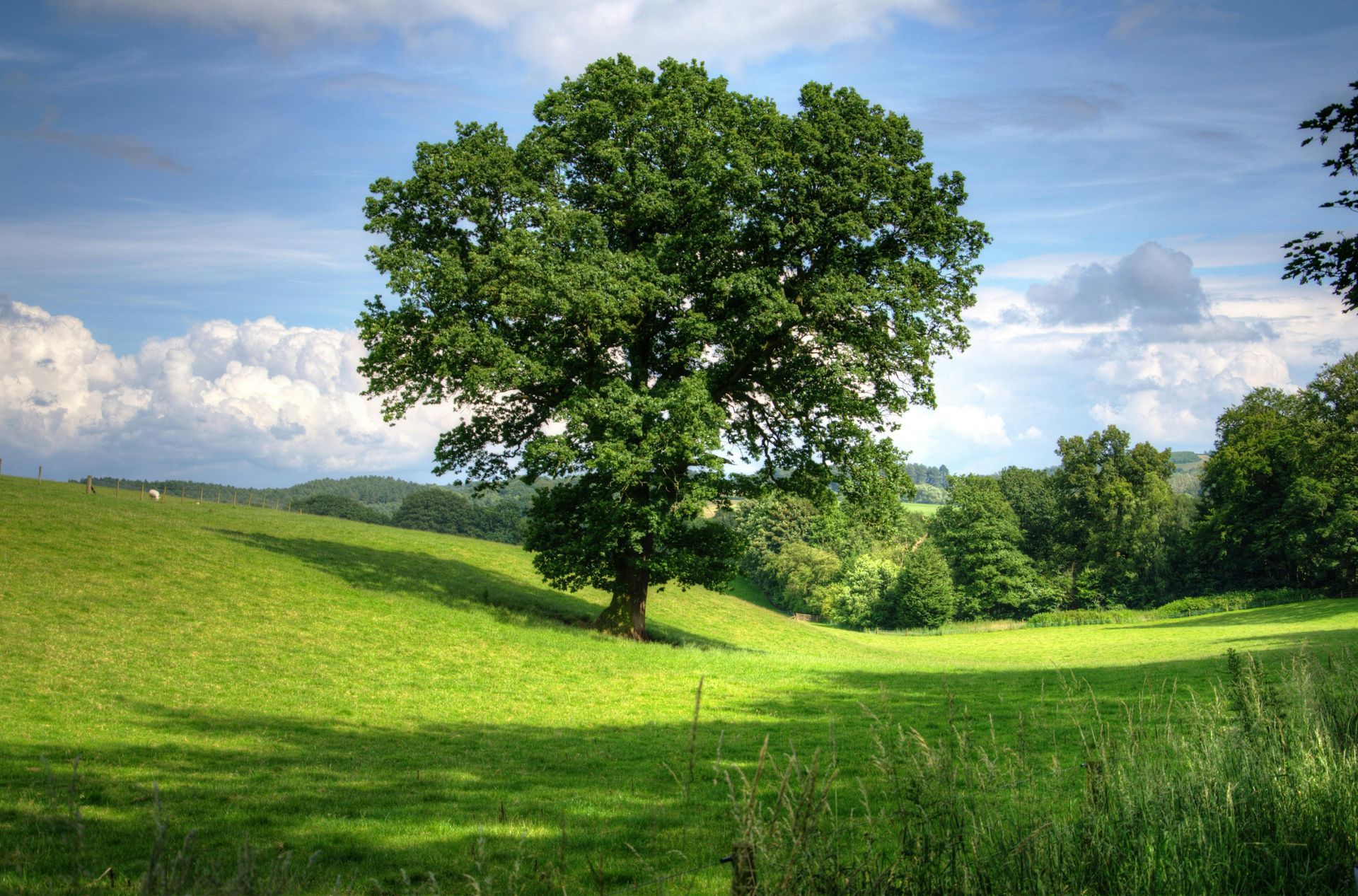
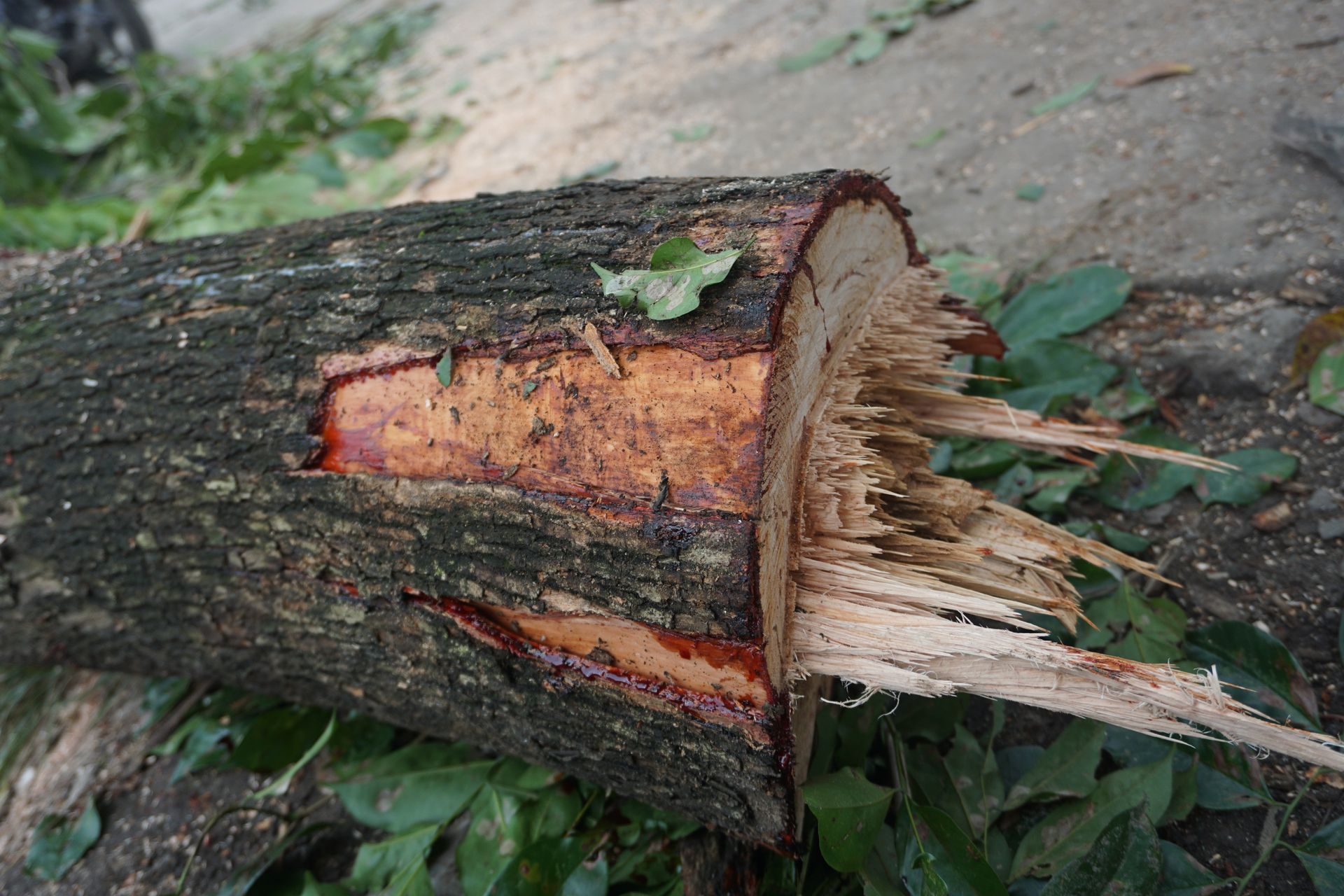

Copyright. Trees By Mike Arizona. All Rights Reserved.

